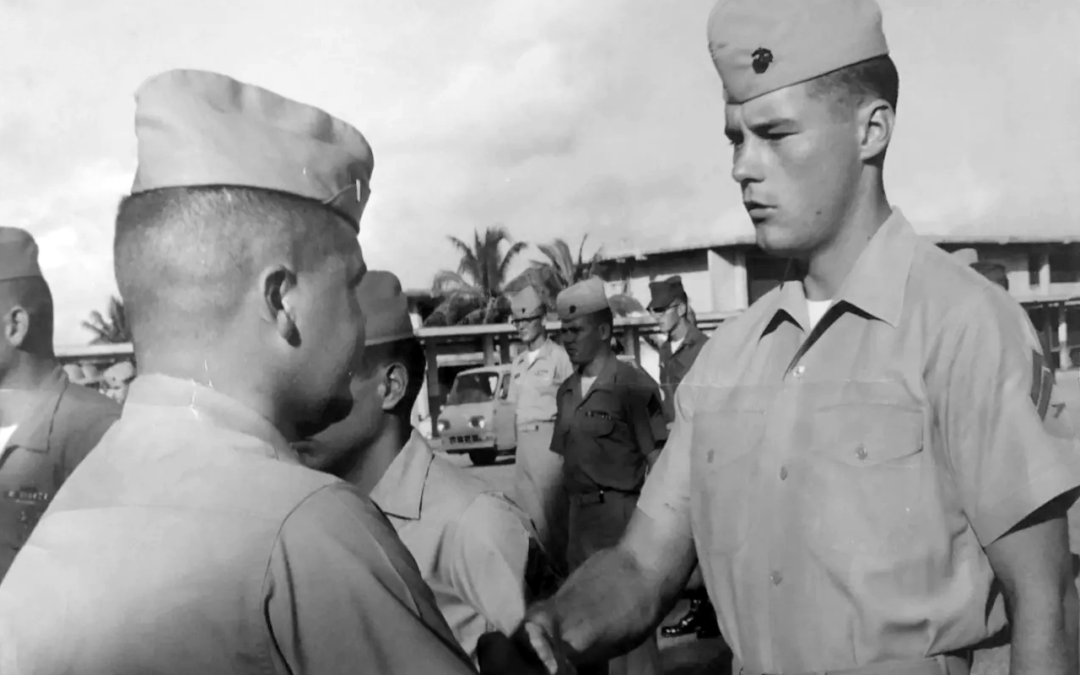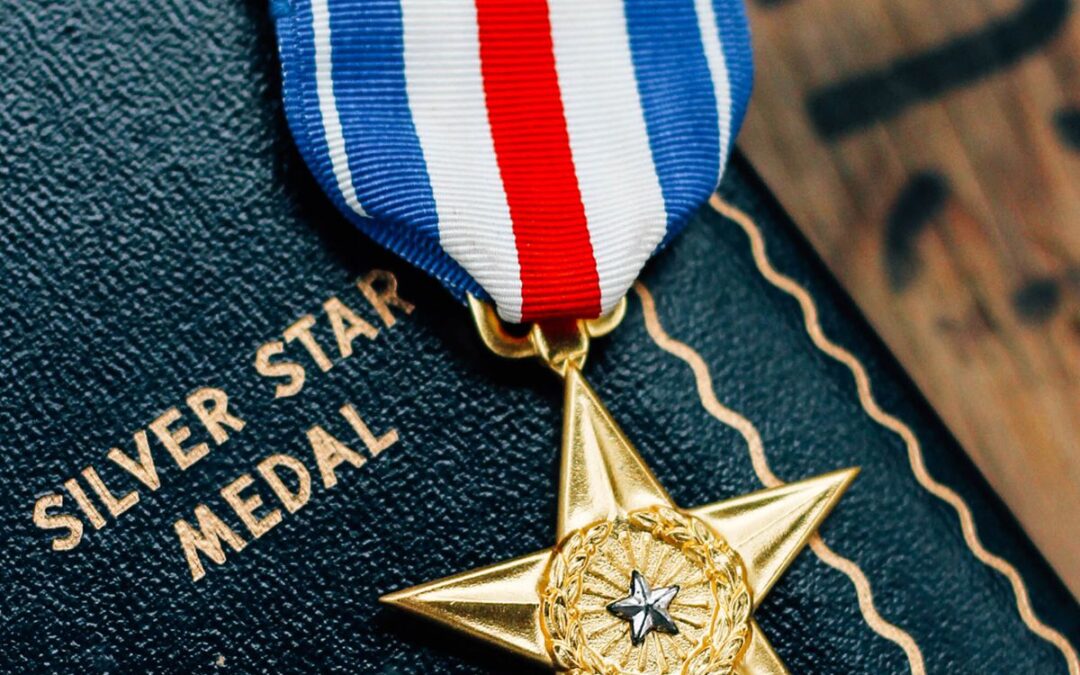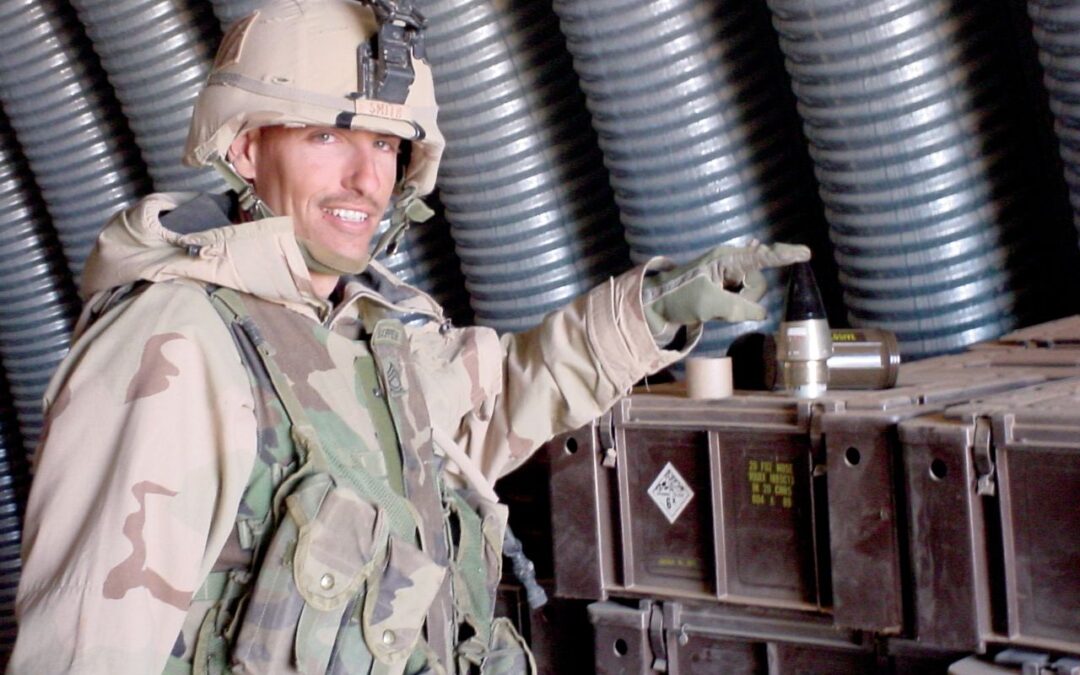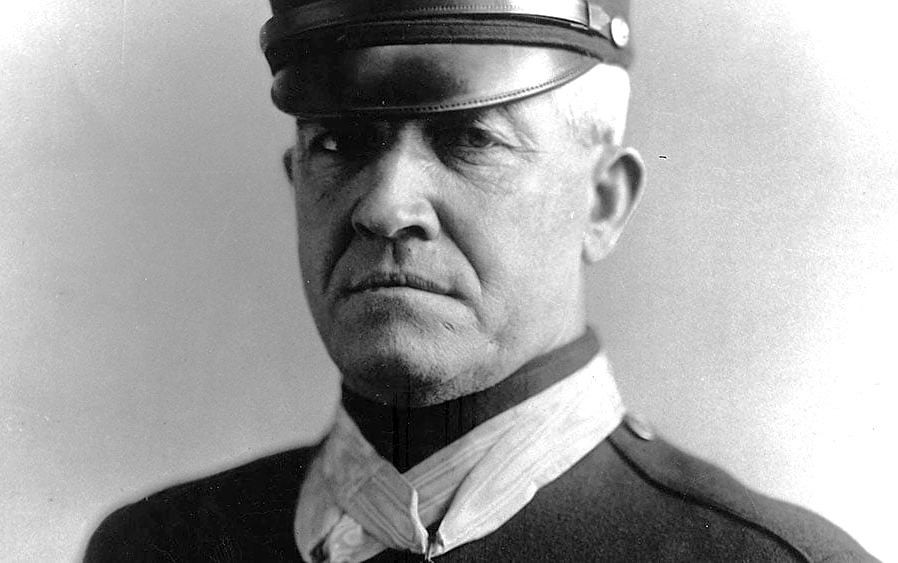Henry Johnson was a World War I soldier who singlehandedly beat back a German assault while critically wounded. He was a great American hero and received the highest military honor of two different countries. One of those countries, however, his very own, didn't bestow that medal until nearly 100 years after his service in WWI. The honor this man deserved was not awarded by the U.S. government upon his return home, because he was black. But that racism was eventually overcome, if only by the undeniable memory of his heroism. Henry Johnson Defied Segregation to Serve In 1917, a young Henry Johnson was working as a Red Cap porter at an Albany, New York train station joined the 15th New York National Guard Regiment. Due to U.S. segregation policies, it was an all-black regiment. Due to be shipped out to France as the U.S. declared war on Germany and its allies, the 15th New York was renamed the 369th Infantry Regiment and placed within the American Expeditionary Force under General John...











